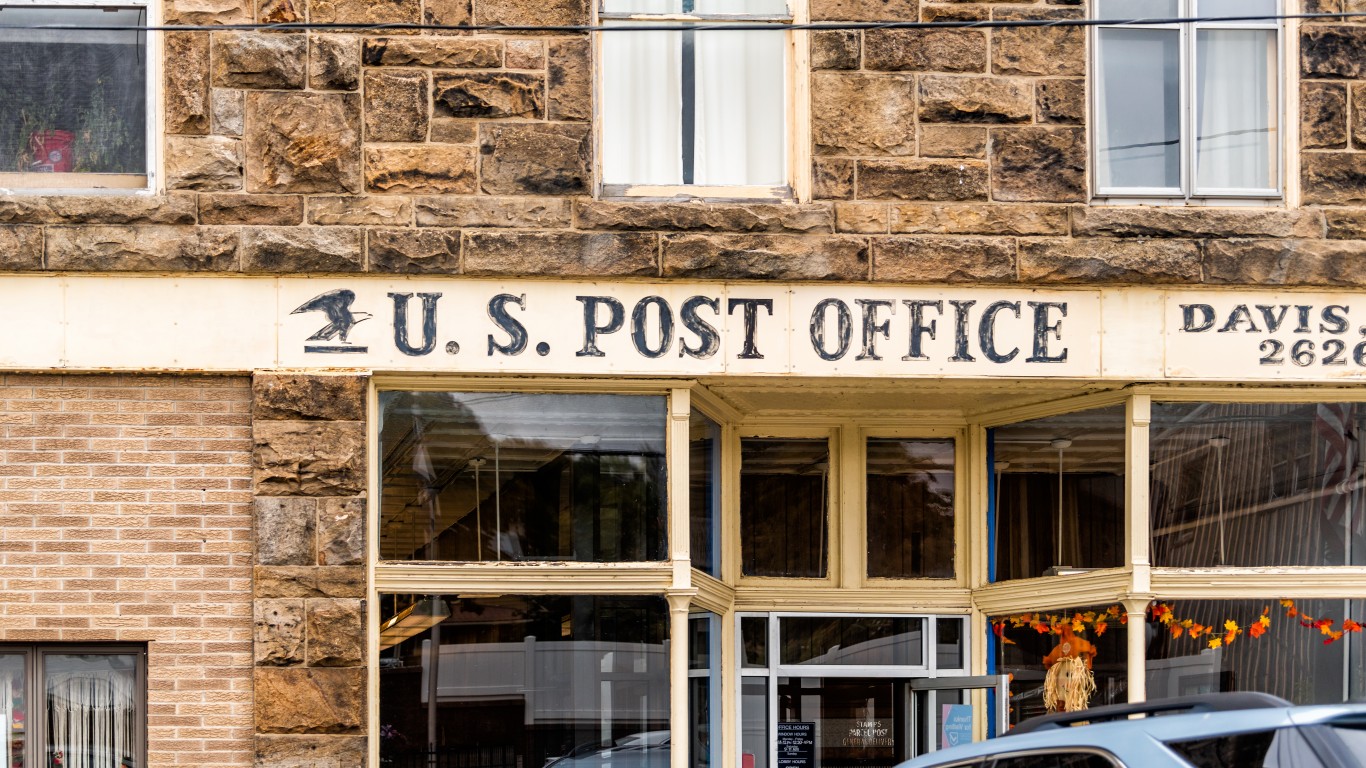
The US Postal Service will raise the price of a First Class stamp from $.66 to $.68 this week. Deeply troubled financially, it is another sign that the organization’s cost structure is dragging down its viability as the mainstay of America’s home and business delivery industry. It has dominated that sector for over two centuries.
The Postal Service price increase is part of a pattern that has sent the cost of First Class stamps soaring. Stamp prices went from $.63 to $.66 in July after an increase from $60 to $63 in January last year. The cost of sending newspapers and catalogs has risen by similar amounts, posing financial risks to those two types of businesses.
Why the increase? “Keep US Posted,” a nonprofit advocacy group that includes consumers, nonprofits, newspapers, greeting card publishers, magazines, catalogs, and small businesses, has spelled out reasons. “Keep US Posted” Executive Director Kevin Yoder recently said, “These unprecedented postage increases are just driving down mail volume and fueling more fiscal instability for USPS.” His organization pointed out that the USPS lost $6.5 billion in its most recent year after losing $6.3 billion in the previous one.
The Post Service is too large based on its revenue, has too many employees and Post Offices, and delivers mail too often. And, its “on-time” performance for First Class mail is only 87% of its goal.
The Postal Service has over 515,000 career employees and a non-career headcount of 118,600. There are 31,132 Postal Service-managed offices, known as Post Offices. Some are in towns with fewer than 3,000 residents. It has over 235,000 vehicles, most gas-powered and costly to operate and repair.
Aside from maintaining a huge office count, the USPS insists on delivering mail six days a week. This is not necessary. Most Americans have email. They pay bills online. Attachments that used to be printed on paper are now, in many cases, attached to emails. Additionally, UPS (NYSE: UPS) and FedEx (NYSE: FDX) have huge and efficient overnight and ground services.
The Postal Service is much too large. Americans are paying for its unnecessary operations.
Are You Still Paying With a Debit Card?
The average American spends $17,274 on debit cards a year, and it’s a HUGE mistake. First, debit cards don’t have the same fraud protections as credit cards. Once your money is gone, it’s gone. But more importantly you can actually get something back from this spending every time you swipe.
Issuers are handing out wild bonuses right now. With some you can earn up to 5% back on every purchase. That’s like getting a 5% discount on everything you buy!
Our top pick is kind of hard to imagine. Not only does it pay up to 5% back, it also includes a $200 cash back reward in the first six months, a 0% intro APR, and…. $0 annual fee. It’s quite literally free money for any one that uses a card regularly. Click here to learn more!
Flywheel Publishing has partnered with CardRatings to provide coverage of credit card products. Flywheel Publishing and CardRatings may receive a commission from card issuers.
Thank you for reading! Have some feedback for us?
Contact the 24/7 Wall St. editorial team.

